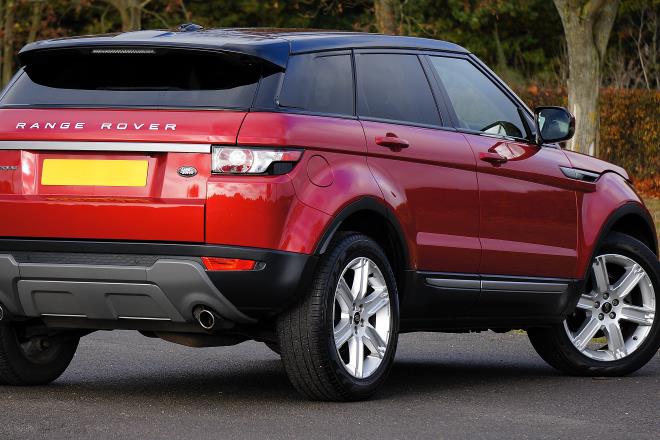"Breaking New Ground: The Intricate World of Automotive 3D Printing"
The world of automobiles is no stranger to innovations. From the first horseless carriages to today's high-tech, high-performance machines, this industry has always been at the forefront of technological advancements. In recent years, a new technology has started to revolutionize the way we make cars: 3D printing. Unveiling the potential of this technology could be a game-changer for the automotive industry as we know it.

The Dawn of Automotive 3D Printing
3D printing, also known as additive manufacturing, was introduced in the 1980s. However, its application in the automotive industry is a relatively recent development. At its most basic, this technology involves the use of a digital file to create a three-dimensional object by layering material.
Early applications of 3D printing in the automotive sector involved prototyping and design verification. However, today, the technology is being used to produce end-use parts and even entire vehicles.
Advancements and Innovations in 3D Printing
The evolution of 3D printing technology has been driven by developments in materials science, machinery, and digital design software. The introduction of new materials, like advanced polymers and metal alloys, has expanded the range of parts that can be produced using 3D printing.
One of the most significant advancements in this area is the development of large-scale 3D printers. These machines have the capacity to print entire car bodies, something that was unimaginable just a few years ago.
Current Industry Trends and Insights
One of the biggest trends in the automotive industry today is the use of 3D printing for mass production. Companies like BMW and Ford are already using this technology to produce parts for their vehicles.
Another emerging trend is the use of 3D printing for customization. This technology allows manufacturers to offer customers the opportunity to customize their vehicles in ways never before possible.
The Impact of 3D Printing on the Automotive Industry
The implications of 3D printing for the automotive industry are vast. For starters, it offers the potential for cost savings. Traditional manufacturing methods involve expensive tooling and mold-making processes, but with 3D printing, these costs can be significantly reduced.
Additionally, 3D printing allows for a greater degree of design freedom. Engineers are no longer constrained by the limitations of traditional manufacturing methods and can design parts that are optimized for performance, rather than manufacturability.
The Future of 3D Printing in the Automotive Sector
The use of 3D printing in the automotive industry is still in its early stages, but its potential is enormous. As the technology continues to advance, we can expect to see it become increasingly integrated into the automotive manufacturing process.
While there are challenges to overcome, such as the speed of production and the cost of materials, the benefits of 3D printing are clear. As this technology matures, it has the potential to revolutionize the automotive industry, leading to a new era of innovation and performance.




